
Subwoofers with deep bass are a staple in every home audio system. But these devices could also either make or break the sound quality of your audio system, depending on your listening location. That is why our experts have provided an in-depth guide to help you find the perfect subwoofer placement for optimal performance.
Subwoofer Placement
Home theaters and audio systems are mostly used in living rooms and family rooms. Here are often important variables to consider.
Cords
One of the first things that you must look out for in your subwoofer placement are the cords. If you have a wireless subwoofer, then you don’t have to worry about this too much. However, if your subwoofer needs a direct wire hookup to the receiver, then it’s more of a concern.
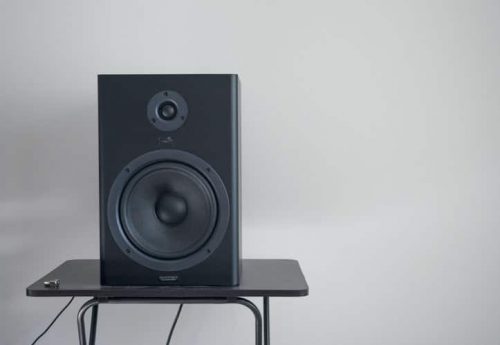
Not only do exposed and tangled cords look unpleasant aesthetically, but they could also be a tripping hazard as the wires are all over the floor. Moreover, cords that are lying on the bottom are very vulnerable and at risk of damages.
Corners and Walls
Our experts say that the corners and walls of your home theater room play a huge role in determining the best location. The corner placement of the subwoofers could increase its sound output, causing it to be louder. Subwoofer in a corner reduces the potential to encounter nulls, acoustic cancellation points, or dead spots in the room.
(Looking for the perfect sub to add to your home theater? Well, you can check our list of Best Klipsch subwoofer here)
Room Dimensions
It is important to have adequate space for your subwoofers. Consider this if you want to get the deep bass sounds of your sub to be distributed evenly throughout the listening area. Deep bass energizes a room and adds excitement, impact, and fun bringing home theaters to life. Finding the location for your sub is more of a daunting task than an easy one and takes a lot of trial and error, depending on the floor space available.
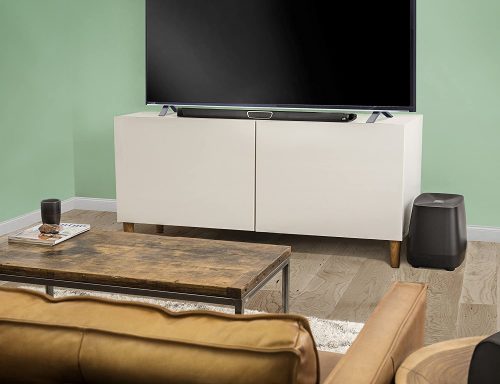
Objects in the Room
Some objects absorb sound, while others diffuse it. Your studio should have elements that absorb and diffuse sounds for it to have good acoustics. So check your room for everything, from carpets, curtains, chairs to pillows, because in some way or another it affects the room’s sound. A room with more furniture will help insulate rather than reflect the audio.
Methods to Find the Ideal Placement
Method #1: Place in the Front
Most people follow the simplest guidelines and opt to put the subwoofer at the front of the room. It works, as it will work seamlessly with the rest of your system. However, you can also place it under your seat or behind your couch depending on if it’s down-firing or not.
Method #2: Trial and Error by Moving the Subwoofer Around
For the most part, the process of finding the proper location for a subwoofer is pure trial and error. You need to move around the room more until you find that ‘sweet spot’, producing the best bass response. As you move around the room, you’ll probably find that the bass line will sound different. In the end, it just boils down to personal preference and how you like it.
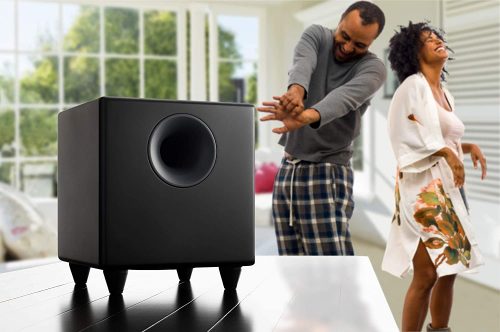
Method #3: Settle in a Location with Optimized Sound
If you have considered all the factors mentioned here and have tried all the methods but still can’t find the perfect spot for your subwoofer, it’s time to settle in a location with the optimized bass sound. Of course, it is not what you might want but you also need to consider that maybe it’s the best sound your subwoofer could produce.
Dos and Don'ts
Here are some of the things you should and should not do when finding your subwoofer placement.
Dos
- SVS subwoofers stand alone as the reference standard for bass. If you’re using equipment with a home theater receiver, set the subwoofer crossover frequency to the highest setting and use the receiver’s settings. This will ensure that the subwoofer is properly outputting a clean low-frequency signal.
- You must adjust the music volume of the subwoofer relative to the other main speakers. For bookshelf speakers, you’ll want a crossover frequencies around 120 Hz. For large tower speakers, try 60 Hz.
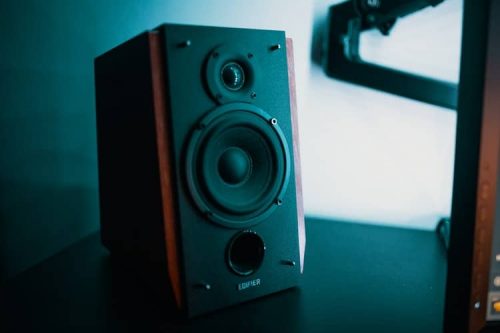
- If you have a limited budget, buy two reasonably comparable subs. Place one in the front left wall corner and another on the front right wall corner of your room. Matching placement like this maximizes bass response and eliminates anomalies. A second subwoofer output is available on most newer home theater receivers. You may also use a Y-adapter.
Don'ts
- Don’t think you can put your subwoofer in any corner and assume that you will get the best music impact. Chances are, the effects can be more dampening.
- Avoid putting your subwoofer inside a cabinet or under a table — these are easily the worst places to put your subwoofer.
Tips and Reminders
These are some tips and reminders that you should consider when placing your subwoofer:
- Consider adding another subwoofer if you still haven’t achieved the optimal frequency response. The addition of this subwoofer will significantly increase the modal density in the room.
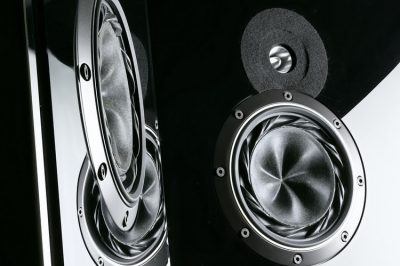
- Use bass traps [1]: Bass traps will focus the bass and prevent hollow-sounding bass notes. This is because it controls bass energy reflection which you can hear through higher sensitivity for your movies and tunes.
FAQ
Where is the best place to put a subwoofer?
The best place to put your subwoofer is facing it out to the room, and the port should be away from a wall to achieve the best sonic quality possible as well as best video and audio bass.
Conclusion
The placement of your subwoofer is a vital part of your home theater setup. Prioritizing their location will create the best quality of audio possible. Don’t let your subs go to waste, and maximize them to their full potential. Follow this expert guide and try finding the sweet spot for your subwoofers!
For more tips and guides on your home theater setup, you can check the following list too!
